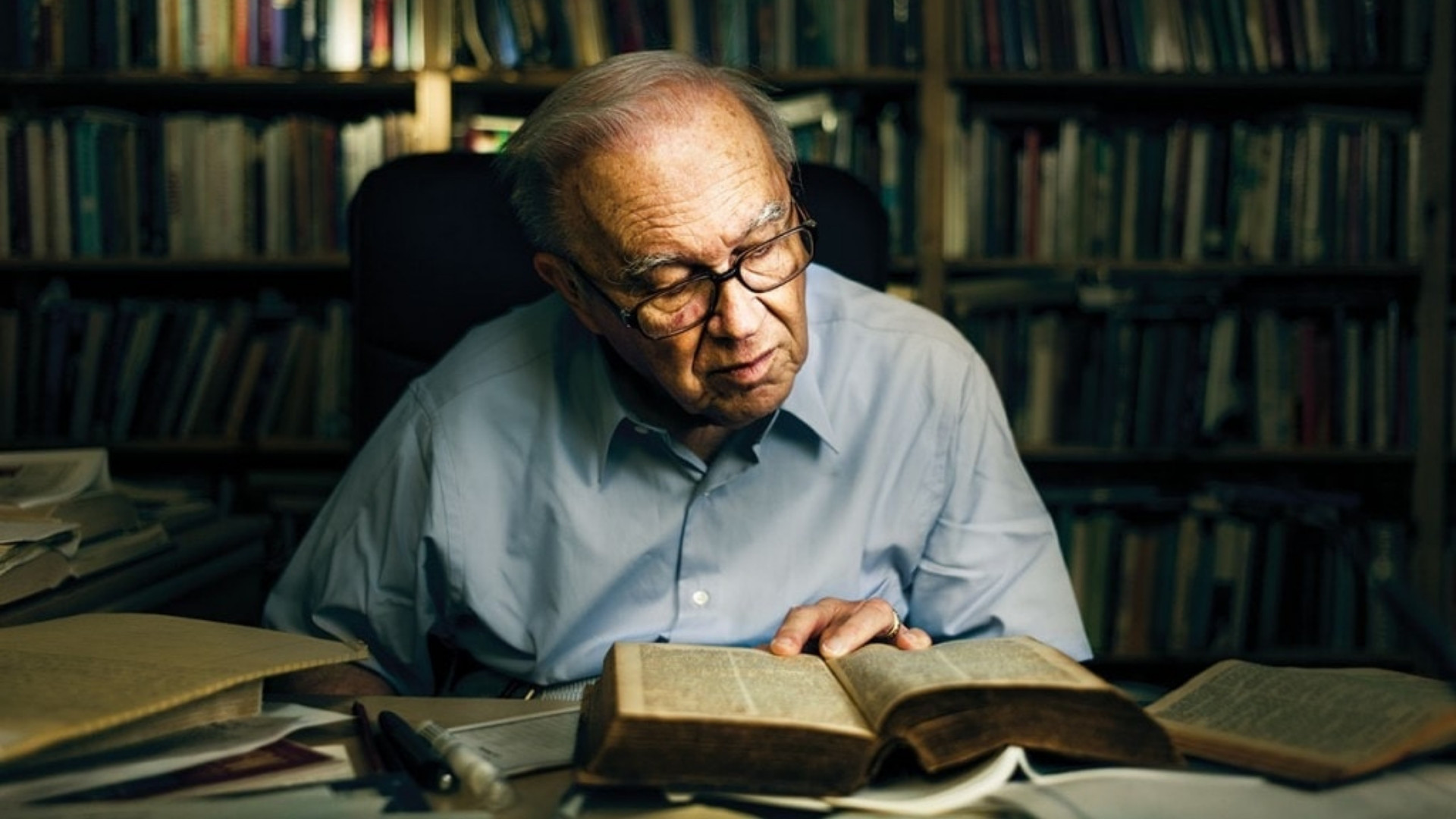 For fans of Marilynne Robinson’s fiction (and they are legion), the rural Iowa town of Gilead in the 1950s has become a familiar and cherished landscape for her captivating stories of faith and human nature. In Gilead, the story of Congregationalist pastor John Ames is told in a series of letters he writes to his young son as he faces his own looming death. Home shifts the narrative to Ames’s Presbyterian counterpart and best friend, Robert Boughton’s wayward son Jack, who returns home after twenty years of prodigal living to stay with his father and his youngest sister, Glory. Lila recounts much of the same period from the perspective of John Ames’s second (and much younger) wife, Lila.
For fans of Marilynne Robinson’s fiction (and they are legion), the rural Iowa town of Gilead in the 1950s has become a familiar and cherished landscape for her captivating stories of faith and human nature. In Gilead, the story of Congregationalist pastor John Ames is told in a series of letters he writes to his young son as he faces his own looming death. Home shifts the narrative to Ames’s Presbyterian counterpart and best friend, Robert Boughton’s wayward son Jack, who returns home after twenty years of prodigal living to stay with his father and his youngest sister, Glory. Lila recounts much of the same period from the perspective of John Ames’s second (and much younger) wife, Lila.
Unlike the rooted Ames and Boughton clans, Lila’s life is marked by wandering. Her story begins when as a toddler she is forgotten on the front porch by her neglectful family. She is scooped up and taken away by Doll, a young girl herself who becomes a mother to Lila. Together they join a group of itinerant workers who crisscross the Midwest looking for work. The hardscrabble group serves as a family, albeit a dysfunctional one, until they are each driven their separate ways by the hardships of the Depression and the Dust Bowl. After Doll attempts to protect Lila with an act of violence, Lila finally must face the world alone with only a deep distrust of people and a sharp knife to protect her.
World-worn and paranoid, she stumbles into a small church in Gilead to get out of the rain and hears the elderly John Ames preach. Drawn to each other in spite of themselves, John and Lila begin an unlikely friendship that blossoms into an even more unlikely marriage, complete with an unorthodox proposal. (“You ought to marry me,” Lila blurts out.) In perhaps the most poignant section of the book, John baptizes Lila in a field with a bucket of water drawn from the river and their hasty proposal is reaffirmed. Shortly after their wedding, Lila discovers she is pregnant and must wrestle with both the memories of her own childhood and her continued wanderlust fueled by a learned wariness regarding settled communities.
In much of Christian fiction, a marriage proposal, baptism (perhaps an altar call), and pregnancy would no doubt serve as the climax of the last few triumphant pages. Wanderings come to an end; faith is affirmed; love is requited; new life is conceived. Yet the faith Robinson explores is never formulaic, let alone trite. Having been marked and named in baptism, Lila spends much of the novel seeking to outrun the grace of God and the love of John, going so far as to attempt to wash away her baptism “in the waters of death and loss and whatever else was not regeneration.” Yet, the biblical story, often the most startling and confusing parts (Job, Ezekiel), continues to draw her in. Particularly, it is the bloody baby of Ezekiel, abandoned by all yet chosen by God, that captures her imagination. Lila understands the abandonment but doesn’t quite know what to do with the grace. It only leads to more questions: why was she chosen? Why was the baby abandoned by God in the first place? Why are some babies left weltering in their blood?
In the end, the brilliance of Robinson’s novels has always been the questions and paradoxes raised about faith rather than the halting, if beautiful, answers given by its characters. Lila does not seek to answer questions about predestination or who deserves grace and why, it is simply a picture of grace that envelops Lila, John, and “especially the strays”—unmerited and unexplainable as grace always is. And like the prose that describes it, the simplicity of grace belies the mystery to which it points. Marked indelibly by the grace of God in baptism, no amount of washing, running, or doubting on Lila’s part can renounce the claim God has made. Excusing the gender exclusivity, Lila could just as well have been speaking about God rather than John when she confesses to her unborn child, “That old man loves me, I got to figure out what to do about it.”
The novel never gives us the assurance that Lila figures out what to do with grace or even stays in Gilead, yet we are given a glimmer of her continued transformation in Robinson’s previous novel, Home. Set a few years later when the Ames baby has become an energetic boy, Lila and John sit with Robert and Jack Boughton on a porch discussing theology. No doubt weighed down by the failings of his past, Jack asks whether people can indeed change, or if they are predestined to be “born evil, live evil lives, and then go to hell.” Both John and Robert engage in theological discourse to assure Jack that he is not consigned to perdition, with few minds eased on either side. Unmoved by the technical arguments, Lila finally blurts out, “People can change; everything can change.” For Lila, this is not an argument that can be won or lost but a life that has been lived, for transformation is inevitable for those marked by the balm of a comforting and afflicting grace.
Reviewed by David Bjorlin














